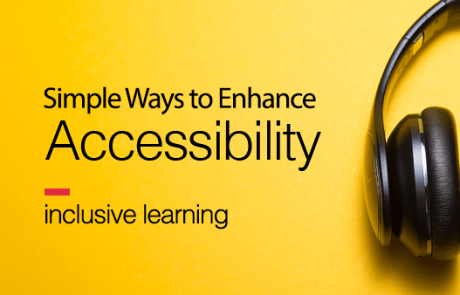
WHAT IS THE CES?
The University has a standardised and systematised approach to the collection and reporting of course level student feedback.
The Course Experience Survey (CES) is an online survey administered to all RMIT students in Melbourne for every class every semester. The purpose of the CES is to collect student feedback to help RMIT make improvements in learning and teaching. The CES questions are slightly different for Higher Education (HE) and Vocational Education (VE). Both versions ask the students to indicate their agreement with seven statements, against a 5 point scale (‘Strong Disagree [1]’ to ‘Strongly Agree [5]’).
The responses to the first statement ‘Overall, I am satisfied with the quality of this course’ is used to calculate the Overall Satisfaction Index (OSI).
The other six statements are used to calculate the Good Teaching Scale (GTS). The statements for HE and VE are different, they are taken from externally administered National Graduate Surveys: the Course (Program in RMIT language) Experience Questionnaire for HE; and the Student Outcomes Survey for VE (I don’t think this is true, I couldn’t verify it anywhere). The student’s responses to the GTS statements for a specific teacher, students can elect to respond to the GTS statements for multiple teachers for a single class.
Both versions have provision for up to eight additional statements, that can be selected from a question bank by course coordinators. This allows course coordinators to gather additional information of specific interest to the class.
Two qualitative questions are asked allowing for written comments by respondents:
- “What are the best aspects of this course?”
- “What aspects of this course are in most need of improvement?”
Finally, students are asked to indicate how many hours they spent studying for the course outside class in the past week.
CES Metrics
RMIT current reports both the GTS and OSI using two calculation methods.
- OSI Percent Agree (OSI %A), the percentage of respondents that indicated they ‘Agree [4]’ or ‘Strongly Agree [5]’ with the OSI statement. A neutral response ‘Neither Agree or Disagree [3]’ is counted as not agreeing with the statement. The OSI %A range is 0-100%.
- Mean OSI (mOSI), the mean of the numerical values associated with the response. The mOSI calculation is simpler and considers the strength of student’s responses. The mOSI range is 1-5.
The GTS %A and mGTS are calculated using the same methodology but combine the responses from all 6 GTS statements.

Increasing your GTS
The GTS (Good Teaching Score) is one of the metrics taken from the CES
More support and resources
L&T Tool Box
- Simple Ways to Enhance Accessibilityplynch2020-05-24T23:46:04+10:00
Simple Ways to Enhance Accessibility













